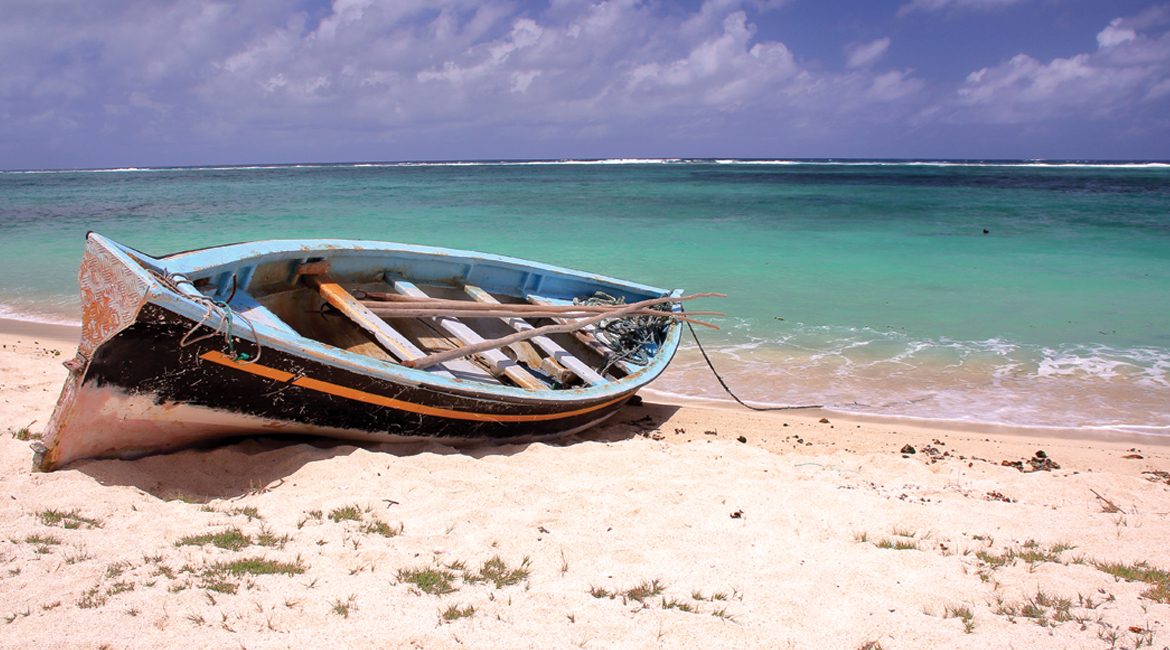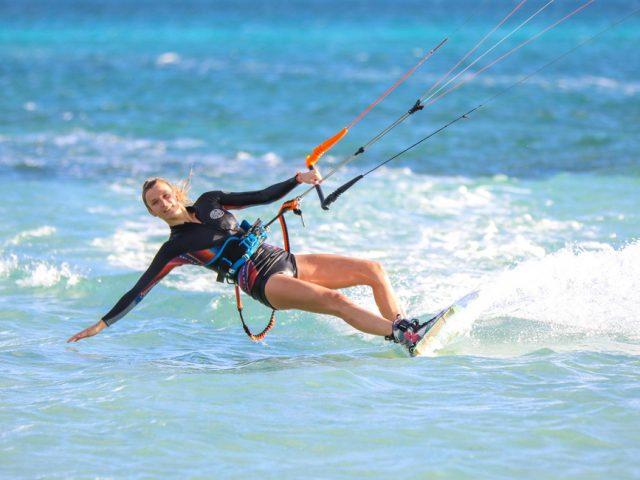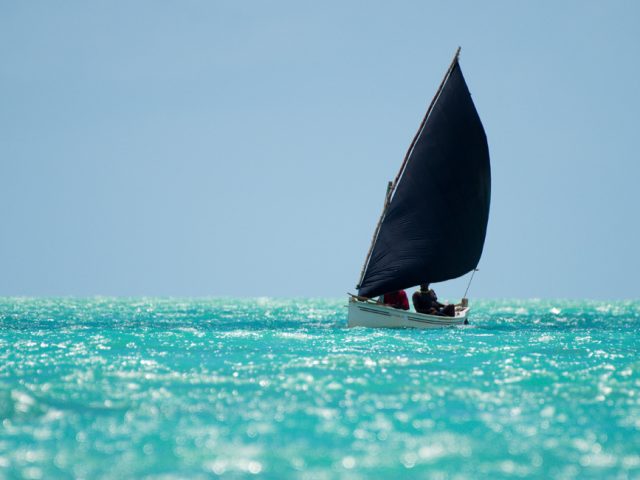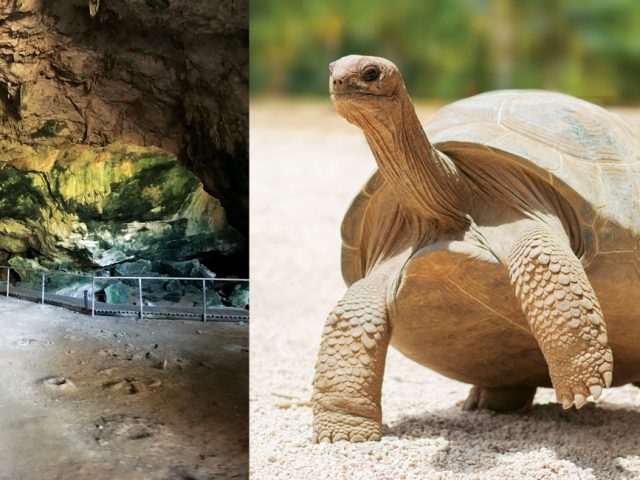The smallest island of the Mascarenes archipelago provides change of scenery and undoubted authenticity.
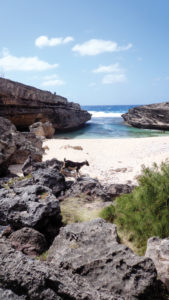 Some 560 km to the east of the Mauritian coast, in the middle of the Indian Ocean, Rodrigues is a land of valleys encased in a vast lagoon. The island is home to a unique biodiversity, including many native species of plants and birds. A territory of the Republic of Mauritius, Rodrigues nonetheless displays a strong identity fed by its rugged landscape and the Rodriguan soul that shines through the smile of its 40 000 inhabitants.
Some 560 km to the east of the Mauritian coast, in the middle of the Indian Ocean, Rodrigues is a land of valleys encased in a vast lagoon. The island is home to a unique biodiversity, including many native species of plants and birds. A territory of the Republic of Mauritius, Rodrigues nonetheless displays a strong identity fed by its rugged landscape and the Rodriguan soul that shines through the smile of its 40 000 inhabitants.
Discovered, along with Mauritius, by the Arabs in the Middle Ages, Rodrigues is named, since 1528, after Portuguese navigator Diogo Rodrigues. The island’s first colony would however be established in 1690, by François Leguat and his Huguenot companions, fleeing persecution in their native France.
In 1725, France officially took control of the island. But in 1809, in the middle of the Napoleonic Wars, a British fleet disembarked a contingent of soldiers in preparation for the assault on Mauritius. Its conquest the following year put Rodrigues under British rule.
Rugged terrain
The fact that modern-day inhabitants speak both French and English – the official language – is a testament to this twin colonial influence. The language of choice, however, is creole. Though similar to the one spoken in Mauritius, it displays some distinct characteristics and is spoken in the same melodious accent one can find in the South of France.
Rodrigues can be reached, from Mauritius, by air and by sea. Multiple flights are scheduled, both ways, every day, and the trip takes less than two hours. Boats take around two days to reach the capital, Port Maturin.
Local travel is easy, with a reliable bus transport system. Those who want to explore every inch of the island can also opt to rent an off-road vehicle adapted to the rugged terrain from a local rental agency. As for the numerous islets dotting the lagoon, they can easily be reached in a small boat.


